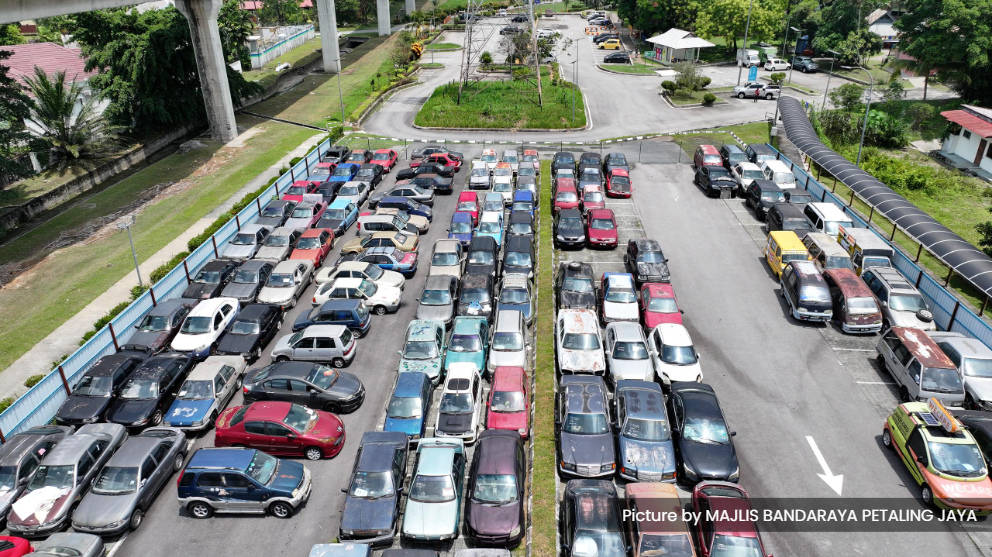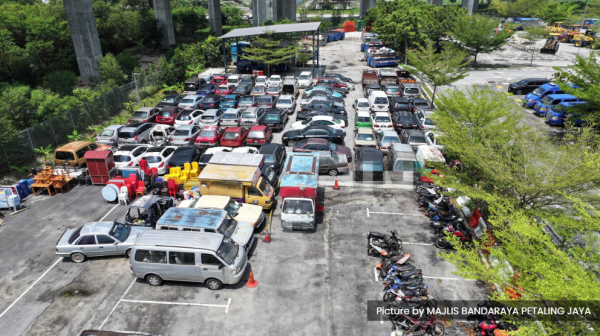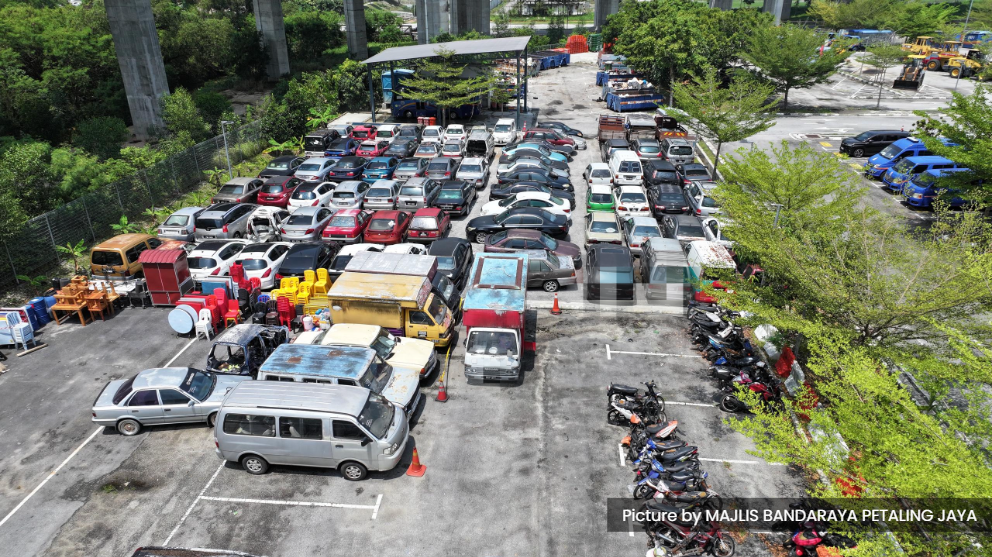SHAH ALAM, Oct 22 — Many vehicle owners continue to take a lackadaisical attitude, leaving damaged or unused cars by the roadside or in public parking areas, a habit that has made the problem of abandoned vehicles in Selangor increasingly severe.
However, with limited enforcement powers and a complex disposal procedure, the local authorities admit that they are caught in a dilemma: 'cannot tow, difficult to dispose', while their storage garages are already overflowing.
Speaking to Media Selangor, the councillors from various local authorities said the process of disposing of abandoned vehicles is lengthy, beginning with the issuance of notices, verification of ownership, towing arrangements, storage, and finally, the application for disposal. The entire process takes at least three months, and may take longer.
Compounded by manpower shortages, a lack of tow trucks and storage space, and restricted enforcement powers, the management of abandoned cars has become one of the biggest challenges they face at the grassroots level.
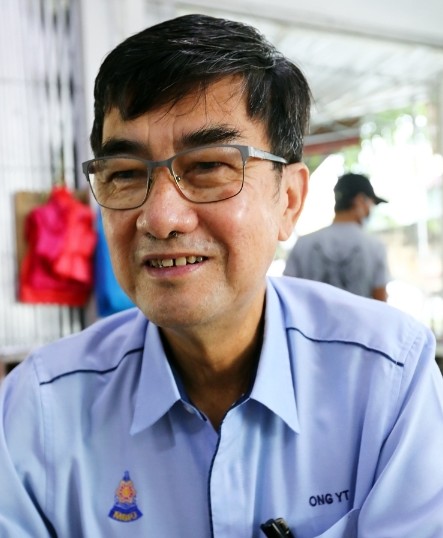
MBPJ: Over 600 abandoned cars filling three garages
Petaling Jaya City Councillor Ong Yew Thai said the Petaling Jaya City Council (MBPJ) operates three vehicle storage garages, located in Kota Damansara, PJU 8 Damansara Perdana, and Section 10. Together, they can accommodate up to 280 vehicles, but currently store 561, more than double the capacity.
“The main problem stems from people’s attitude. Many owners think selling their old cars is not worthwhile and abandon them. Some even ask the council to tow their cars, adding to the burden,” he said.
Ong added that upon receiving complaints from residents, MBPJ will promptly initiate towing operations if available space remains. However, enforcement must follow due process: a warning notice is issued and displayed for seven days before the vehicle can be removed.
“The hardest part is not towing the car; it is the disposal process. It usually takes three to four months to complete legally, which means our garages are constantly full, leaving no room for new vehicles," he said.
Vehicles involved in criminal investigations are handed over to the police as evidence. Meanwhile, those approved for disposal are transferred to government-appointed contractors for dismantling, and proceeds from the sale of materials are used to cover operating costs.
Ong noted that although many private companies offer legitimate and faster disposal services, many owners still choose to neglect their responsibilities, leading to thousands of new abandoned vehicles each year.

MBSJ: Complicated procedure, insufficient storage
Subang Jaya City Councillor Tey Boon Kiat said the Subang Jaya City Council (MBSJ) is facing a shortage of storage space due to lengthy and complex disposal procedures.
It has three storage garages in Subang, Puchong, and Seri Kembangan, with a combined capacity of 450 vehicles. Data shows that in 2023, MBSJ towed around 1,200 abandoned vehicles, and as of August this year, another 690 had been removed.
“Many residents do not understand or simply ignore the disposal process. Abandoned vehicles not only occupy parking spaces but also obstruct traffic and become breeding grounds for mosquitoes and rats,” he said.
In high-rise apartments, Tey said that the local authorities have no jurisdiction, as the responsibility lies with the Joint Management Body (JMB) or Management Corporation (MC). Only vehicles abandoned in public areas can be removed by the council.
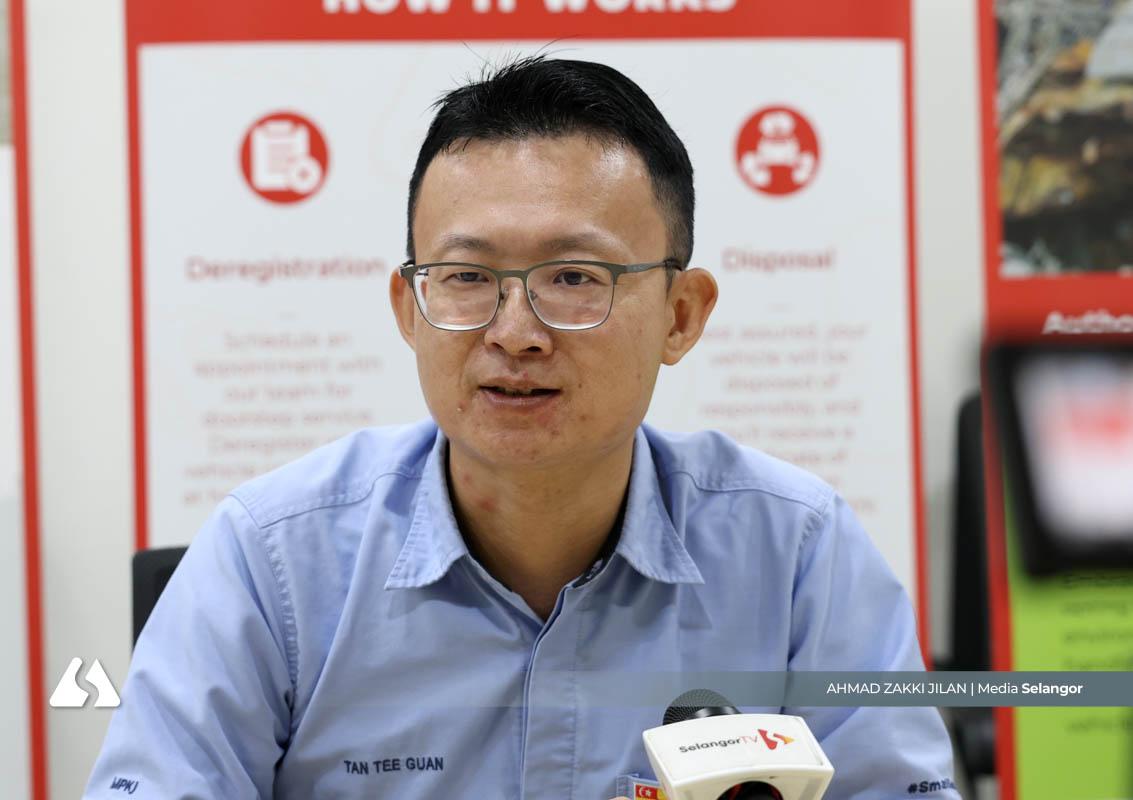
MPKj: Storage more than double capacity
Kajang Municipal Councillor Dickson Tan said the issue of abandoned cars is worsening in Kajang due to the rise in household vehicle ownership and the failure of some owners to renew road tax or insurance.
“The Kajang Municipal Council (MPKj) only has two garages with a maximum capacity of 200 vehicles, but they currently hold more than 600, over double the limit,” he said.
Tan said the disposal process takes at least three to four months because it involves several stages, including issuing notices, verifying ownership, and waiting for responses.
Since 2021, MPKj has partnered with Car Medic Sdn. Bhd. to implement the End-of-Life Vehicle (ELV) system. All towed vehicles are legally disposed of in accordance with the Environment Department's (DOE) standards, ensuring that metal components and spare parts are not sold illegally and reducing pollution.
“Vehicles obstructing traffic are towed immediately. For those parked in residential or commercial areas, at least two official notices are issued before action is taken,” he said.
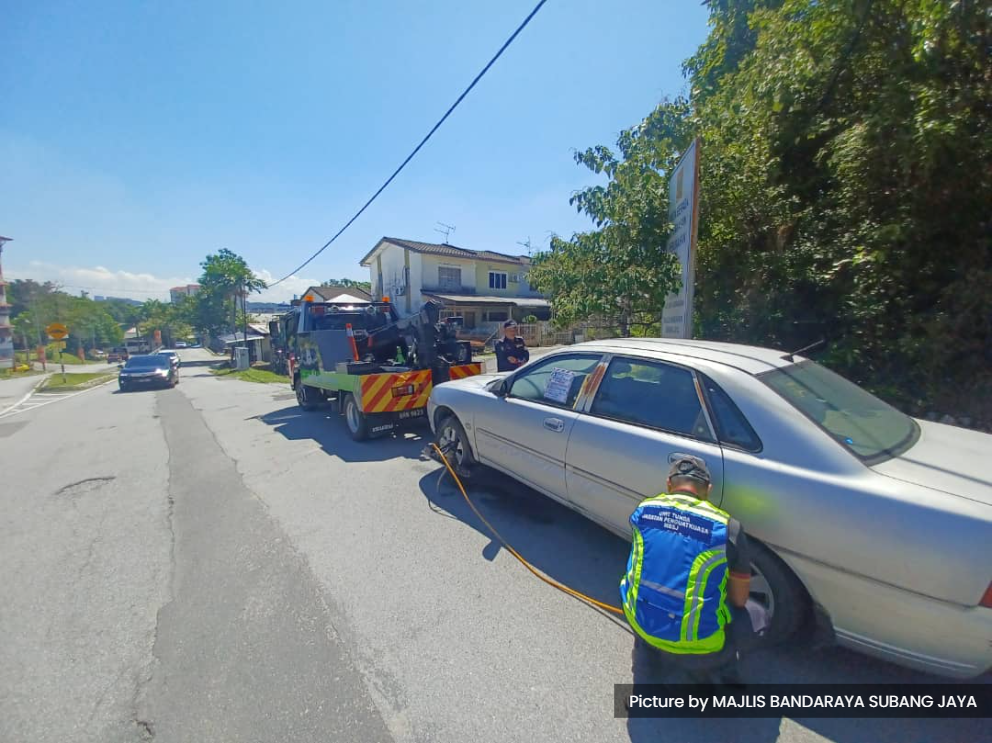
Powers and disposal procedures of the local authorities
According to the Housing and Local Government Ministry's (KPKT) guidelines, any abandoned vehicle in a public area can be acted upon under the Street, Drainage and Building Act 1974:
Offence Penalty: Under Section 46(1)(e), the owner may be fined up to RM500.
Towing Authority: Section 46(3)(a) empowers local councils to remove obstructions (abandoned vehicles) after issuing notice.
Disposal Authority: Once ownership status is verified, including checks with the Road Transport Department (JPJ), the police (PDRM), the National Registration Department (JPN), the Companies Commission (SSM), and financing banks, the local authorities can apply to the court for a Section 116 order to proceed with disposal.
The entire process typically takes two to four months.
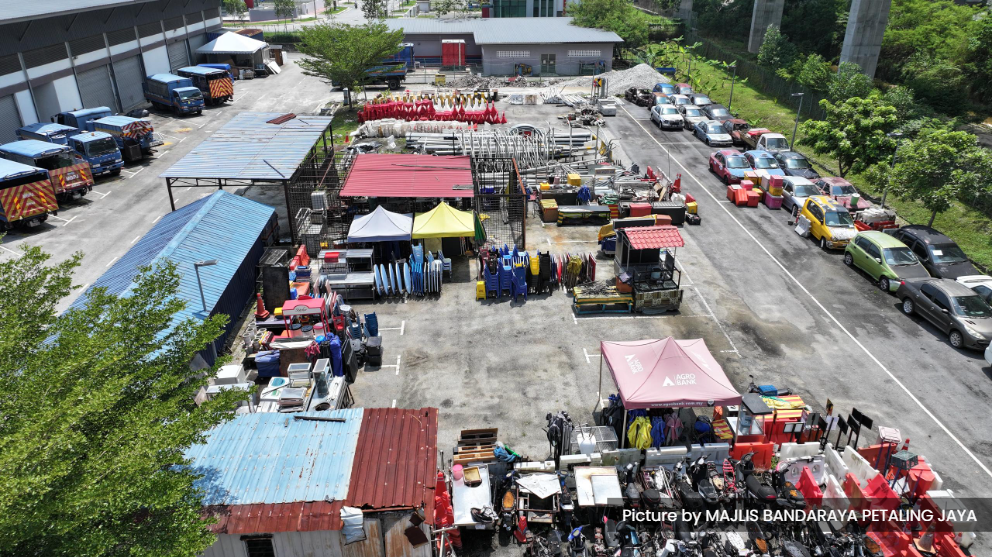
Steps in the Abandoned Vehicle Disposal Process:
Issue a seven to 14 day warning notice to the owner.
Tow the vehicle to the local authority's storage facility after the notice period expires.
Verify ownership with relevant agencies (JPJ, PDRM, JPN, SSM, banks).
Issue a final 14-day notice to the owner.
Apply for a court order for disposal.
Dispose of the vehicle with legal procedures.
In the next installment:
Towing an abandoned car is just the beginning; where does it go next?
In the next instalment, Media Selangor follows the journey of an abandoned vehicle at Car Medic’s authorised disposal facility, from the moment it is towed to when it is completely dismantled.
